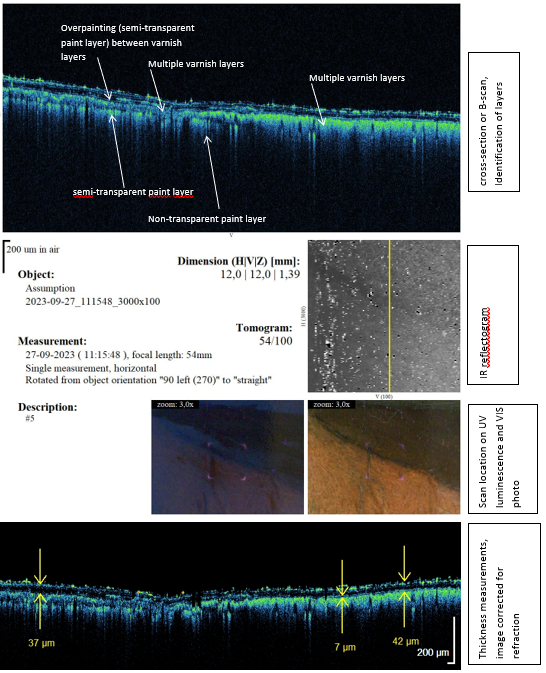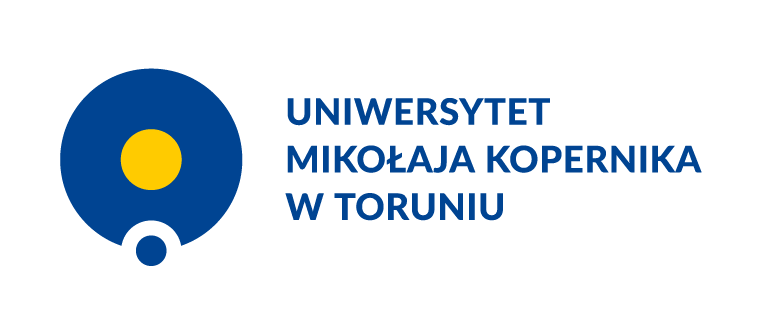Service: Optical Coherence Tomography (850 nm)
Platforms
Molab
Techniques
Optical coherence tomography (oct)

OCT provides cross-sectional images called B-scans by analogy to ultrasonography, up to about 15 mm in width and showing structures up to about 1.5 mm in depth from the surface, on condition that the structure is at least partially transparent to the probing light (near IR).
The contrast of imaging in OCT is provided by differences in refractive indices of structures and/or by embedded light scattering particles. Generally, OCT alone is not capable of resolving the chemical composition of the structures. The limit of the in-depth imaging is in the transparency of layers: the last visible is the upper boundary of the opaque one. The penetration ability of the probing light increases with the increase of the wavelength, but the axial resolution simultaneously decreases due to the physical limitations. OCT is well suited to detect number and thickness of transparent layers (e.g. varnishes) especially if there is a dirt embedded at the boundary, the refractive indices are significantly different or one of the layers comprises some embedded scattering particles, eg. pigments. OCT scans can also be collected from a surface (usually up to 15 mm x 15 mm) as a series of parallel adjacent B-scans and saved as a 3D data cube, from which surface topography as well as thickness and scattering maps can be generated in post-processing.
Service will be performed indoors only in the area with no direct sun operation. A 230 V electric power source is required
Fields of application
Archaeology
Conservation (discipline)
Conservation science (cultural heritage discipline)
Heritage science (cultural heritage discipline)
Materials
Ceramic glaze
Glaze (coating by location)
Glazed terracotta
Paint (coating)
Picture varnish
Glaze (coating by location)
Paint (coating)
Ceramic glaze
Picture varnish
Stained glass (material)
Paint (coating)
Picture varnish
Picture varnish
Glaze (coating by location)
Ceramic glaze
Varnish
Methods
Other information
-
Input: Before the access a high-resolution photograph of the object for annotation of scanning spots.
-
Output: Sets of *.JPG images showing cross-sections in adjacent, parallel locations. If requested, the local thickness of layers can be provided. Surface topography is given both in graphic form as a 3D view and in digital form as a 2D matrix. On-demand raw data will be provided.


